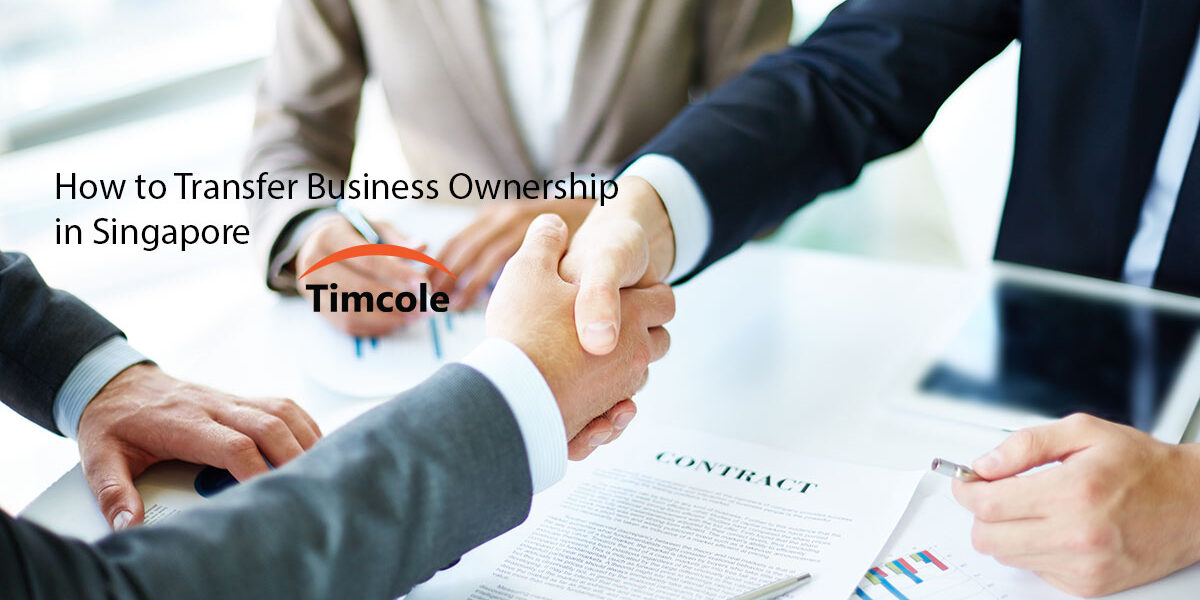All businesses will eventually face certain changes in future. If you own a business, you need to have an ideal exit plan in order for your business to remain functional and successful when your business faces unexpected changes. Many people believe that business owners need a contingency plan that requires certain steps to be taken as soon as business ownership is transferred.
Think over this scenario: You have decided to retire and sell your business. The sale or transfer of your business ownership depends on both the business’ corporate structure and the nature of the change of ownership. Hence, a contingency plan is very important as it allows you to better understand the proper way to transfer business ownership.
For Sole Proprietor and Partnership
If the particulars of the Partnership or Sole Proprietorship change or you intend to transfer business ownership, either the sole-proprietor/partner or any authorised representative is expected to lodge such change with the Registrar online through the BizFile+ using either CorpPass or SingPass. The changes must be lodged within 14 days from the date they occurred to avoid facing a penalty.
The changes that don’t require any approval or endorsement include a change of business name, business address, and business activity. However, the withdrawal or addition of business partners is an example of changes that require approval or endorsement. The application will be rejected if it is not endorsed within 14 days from the first date of submission. If this happens, the partner/sole-proprietor or authorized representative must re-submit another transaction and pay another filing fee.
For Company
Stamp duty will be charged on all documents signed when a company is transferring business ownership. The stamp duties must be paid to the Inland Revenue Authority of Singapore (IRAS) when shareholders want to transfer their shares.
![]() If you are intending to transfer your company ownership, note that you must have completed all the necessary corporate compliance and tax filing.
If you are intending to transfer your company ownership, note that you must have completed all the necessary corporate compliance and tax filing.
Check that you have:
- complied to general, ACRA and IRAS corporate compliance
- held the Annual General Meeting
- filed your annual returns
- filed corporate taxes
A “transferor” and a “transferee” are always involved in any transaction that involves the transfer of shares. Note that the transferor is the existing shareholder who wants to give up shares. The transferee is the new shareholder receiving shares.
💡 Transferring a business due to the death of a shareholder? Here’s what you should do.
The duty is payable on the actual value or price of shares depending on the higher one. The average price on the Stock Exchange of Singapore (SGX) is considered as the value of the transferred shares. Its latest average price can be used if the average price isn’t available as of the date of the document.
If the company is a private one, the net asset value or allotment price of the shares in the company will be used as the value of the transferred shares. If there are various classes of shares, the net asset value will depend on the rights attached to each class of shares.

Timcole can guide you if you want to transfer shares or transfer business ownership.
Contact us today if you need any guidance.








